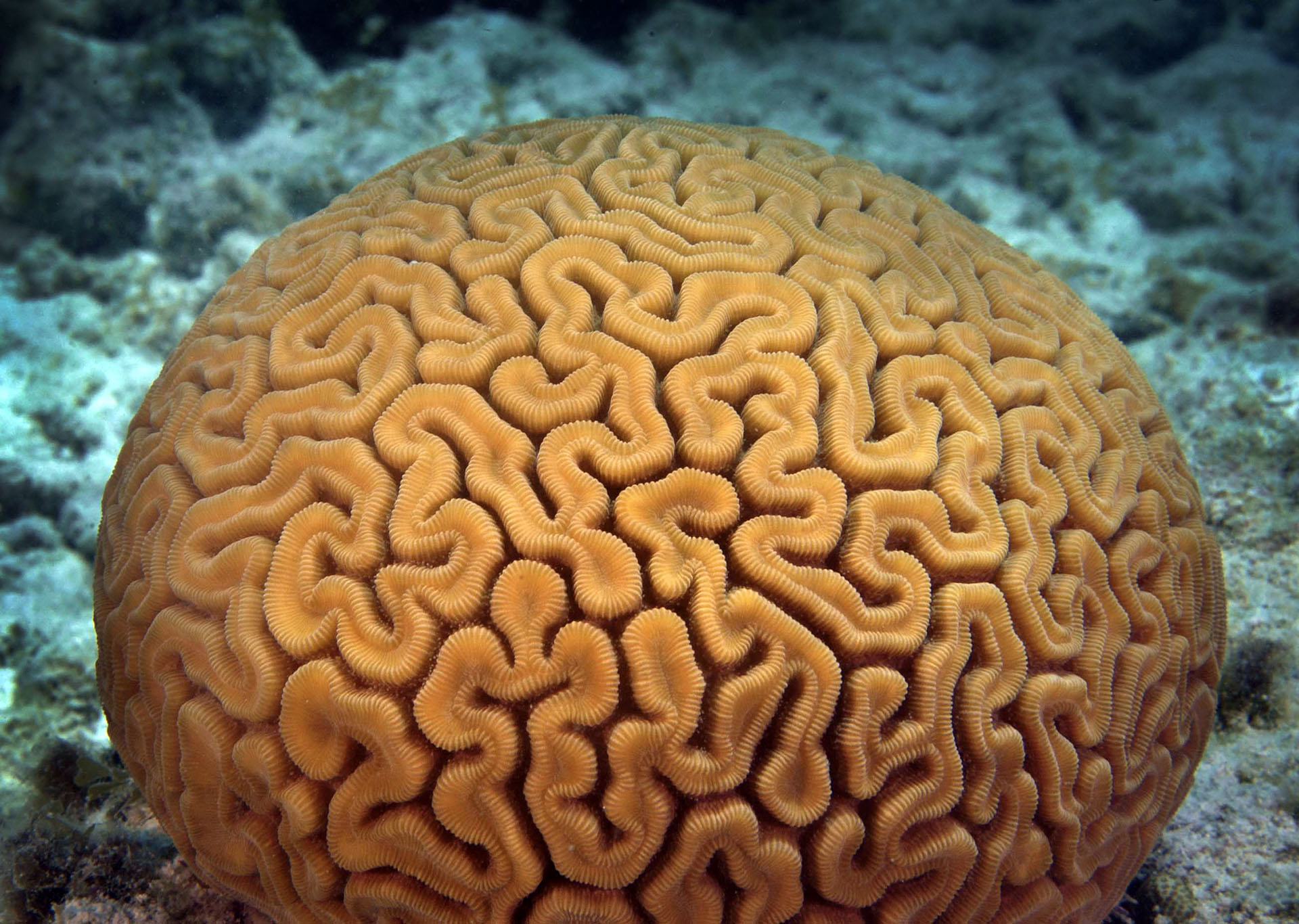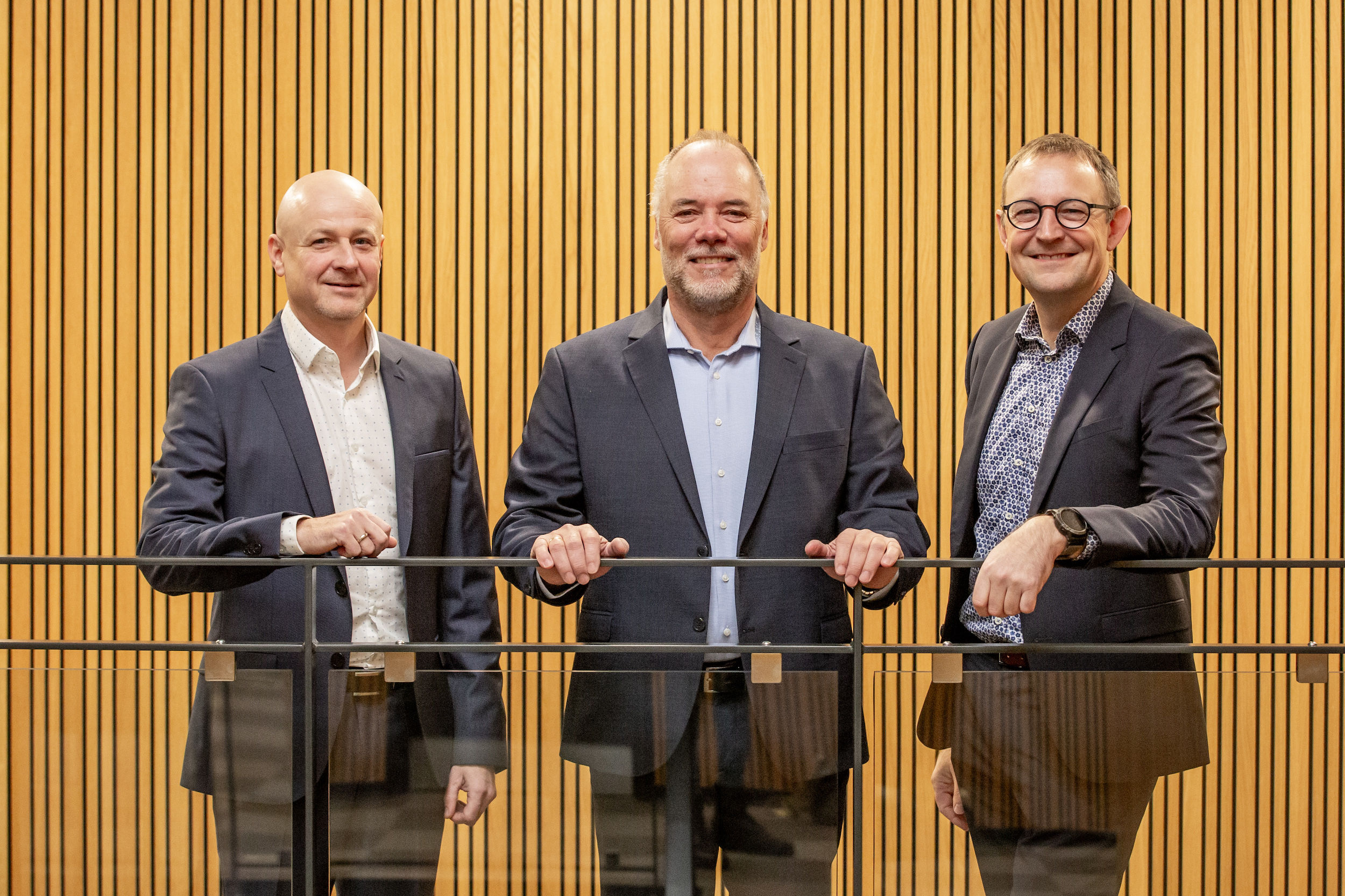There is no doubt that the waters of the Red Sea in Egypt are one of the best diving sites in the world, as it attracts diving enthusiasts to discover its treasures of natural wonders, and reveal its secrets.
The Egyptian nature and wildlife photographer Diver Ramadan Awad was able to document one of the wonders of the Red Sea, which is a rocky coral that takes the shape of an amazing human brain, which is one of the most beautiful coral reefs in the depths of the Red Sea. CNN Arbabic reported
As its appearance suggests, this type of sea coral is called the brain coral, and is also known as the grooved brain coral, as it has deep pits that resemble brain folds, according to the Oceana website. These pits may also take the shape of a labyrinth, giving rise to the scientific name “labryinthiformis”.
This organism, despite its cerebral appearance, does not have a brain and can grow to 6 feet tall and live up to 900 years, according to the National Ocean Service.

This coral grows very slowly, but it builds super strong structures that serve as the basis for the reef, which is of great ecological importance.
Awad points out that finding this type of coral requires different equipment, including the quality of photography and locating diving sites in order to obtain a clear image with different dimensions.

Sometimes, he finds bits of brain corals in a worn-out condition, and this is due to the tourist boats that randomly throw their hooks on the reefs, causing scratches on their surface.
He points out that he chooses to document the living brain coral, which has the right structure, even in a way that satisfies the beauty of this unique organism.

Awad explains that the brain coral is one of the hard coral species, which bears a lot of damage in the water, in addition to having a fascinating and amazing appearance, due to its shape that embodies the shape of the human brain.

It is noteworthy The cerebral-looking organisms known as brain corals do not have brains, but they can grow six feet tall and live for up to 900 years! Found in the Caribbean, Atlantic, and Pacific Oceans, brain corals display what is known as Meandroid tissue integration.
This means that the polyps, which are the basic living unit of corals, are highly associated to one another. Their tissues are more closely connected than those of other corals and are not separated by skeletal structures. according to national occean service
Many researchers think that the more integrated a coral’s polyp tissue is, the more advanced the coral species.

As the grooved brain coral is named for its appearance. It looks amazingly like a human brain and has particularly deep grooves that resemble the brain’s folds. In deeper waters, it can even have a grayish appearance.
It is a large, reef-building coral that lives throughout the Caribbean Sea and adjacent waters. The grooves may also resemble a maze or labyrinth, giving rise to the scientific name ‘labryinthiformis.’ According to Ocean Website














